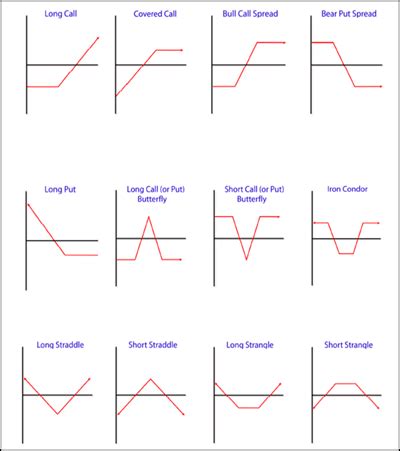“Crypto, Futures, and Digital Asset Management: A Comprehensive Guide to Building a Successful Trading Strategy”
The world of cryptocurrency and digital assets has grown exponentially in recent years, with many investors taking advantage of the potential for rapid growth and diversification. However, navigating this complex market requires a deep understanding of the underlying technologies, markets, and strategies used by experts. In this article, we will explore three essential components of building a successful trading strategy: crypto, futures premium, and digital asset management.
1. Crypto
Cryptocurrencies, such as Bitcoin (BTC) and Ethereum (ETH), are decentralized digital currencies that use cryptography for secure financial transactions. The first cryptocurrency to gain widespread acceptance was Bitcoin, launched in 2009 by an anonymous individual or group using the pseudonym Satoshi Nakamoto. Since then, many other cryptocurrencies have emerged, including altcoins like Litecoin (LTC) and Ripple (XRP).
Crypto trading involves buying and selling these digital assets on online exchanges, such as Coinbase, Binance, or Kraken. The key to successful crypto trading is understanding the underlying economics of each cryptocurrency, including its supply, demand, and market sentiment.
Some popular crypto trading strategies include:
- Trend Following: Buying cryptocurrencies when they are trending upwards in price and selling when they trend downwards.
- Range Trading: Holding onto a cryptocurrency within a defined range to ride out volatility.
- Scalping: Executing multiple small trades per day to take advantage of short-term market fluctuations.
2. Futures Premium
Futures markets offer a way for traders to hedge their positions, speculate on price movements, and profit from differences in market prices. In the context of crypto, futures trading involves buying or selling contracts that represent an asset at a predetermined price on a future date.
The most popular cryptocurrency futures contract is the Bitcoin (BTC) perpetual swap, which allows traders to buy and sell BTC at any time within 20 days. Futures markets are typically divided into two main categories:
- Spot: Short-term contracts that expire in one day or less.
- Futures: Long-term contracts that expire after several days or weeks.
3. Digital Asset Management (DAM)
Digital asset management involves creating and managing a digital portfolio of various assets, such as cryptocurrencies, stocks, bonds, and commodities. DAM platforms provide a centralized interface for investors to track their portfolios, set prices, and execute trades.
Some popular DAM platforms include:
- Coinbase: A popular cryptocurrency exchange that offers DAM services.
- Robinhood: A trading app that also provides a digital wallet and portfolio management tools.
- Blockfolio: A mobile app designed specifically for crypto traders with advanced features like futures trading.
Building a Successful Trading Strategy
To succeed in the world of crypto, futures, and digital asset management, it is essential to have a well-informed approach. Here are some types:
- Stay informed: Continuously educate yourself on market trends, technological advancements, and regulatory changes.
- Diversify

: Spread your investments across different assets to minimize risk.
- Set clear goals
: Determine what you want to achieve through trading and stick to your strategy.
- Monitor performance: Regularly review your portfolio and adjust your strategy as needed.
In conclusion, building a successful trading strategy in the world of crypto requires a deep understanding of the underlying technologies, markets, and strategies used by experts.


